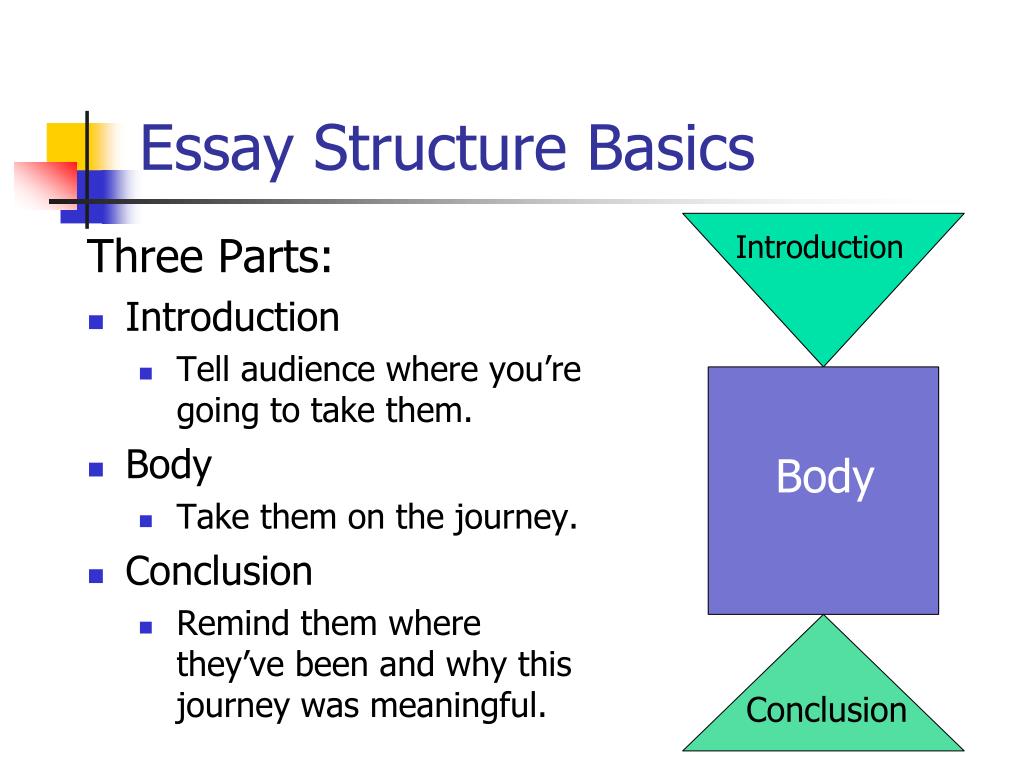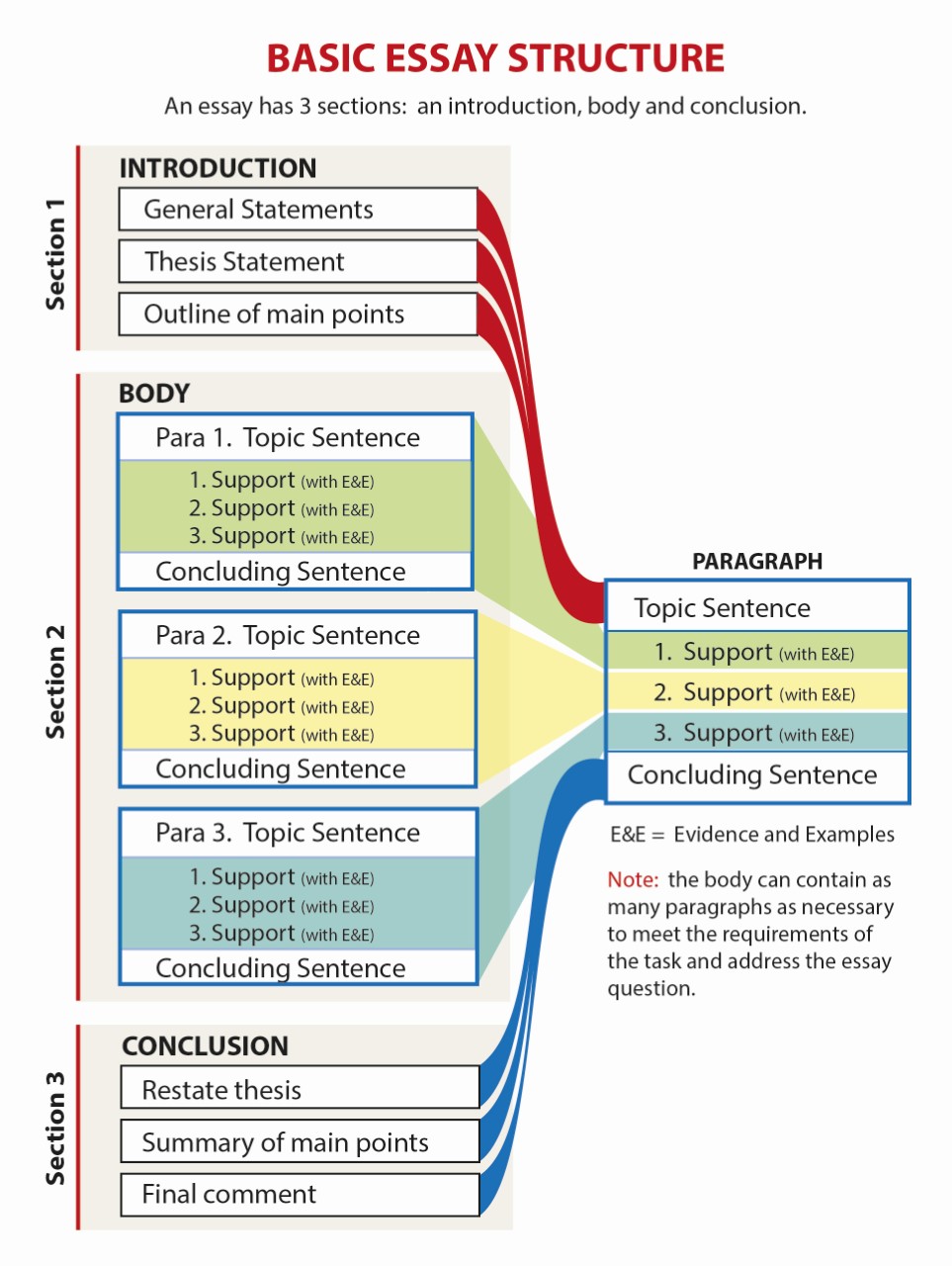
WebEssay structure Having a structure to your essay makes sure that each main idea is presented logically and cohesively. Click on the purple plus signs within the image for Web26/01/ · The general structure of an academic essay is similar to any other academic work, such as a presentation or a lecture. It too has an introduction, a main body, and a WebThe body of an essay features a number of paragraphs that start with linking words such as: moreover, in addition, another, similarly, also, furthermore, however, in contrast, on the
Essay writing – structure
Show AWL words on this page. Levels grey Levels orange. Show sorted lists of these words. Any words you don't know? Look them up in the website's built-in dictionary. Choose a dictionary. Wordnet OPTED both. The general structure of an academic essay is similar to any other academic work, such as a presentation or a lecture. It too has an introductiona main bodyand a conclusion. The general structure of an academic essay is shown in the diagram below. Each area is discussed in more detail in other sections of the website. Click on a link for more information. Main body. Like the website? Try the books. Enter your email to receive a free sample from Academic Writing Genres. Find out how to structure an essay introduction in the next section.
Go back to the previous section about essay types. Scroll to Top, structure of essays. Sheldon Smith is the founder and editor of EAPFoundation. He has been teaching English for Academic Purposes since structure of essays Find out more about him in the about section and connect with him on Twitterstructure of essays, Facebook and LinkedIn. Discussion essays require you to examine both sides of a situation and to conclude by saying which side you favour. Problem-solution essays are a sub-type of SPSE essays Situation, Problem, Solution, Evaluation, structure of essays. Transition signals are useful in achieving good cohesion and coherence in your writing. Reporting verbs are used to link your in-text structure of essays to the information cited.
W riting R eading S peaking L istening V ocab S structure of essays Q uizzes I nfographics Site Map News About Home Show AWL words Subscribe to newsletter Login. Username Password. Academic Writing What is academic writing? Academic Style The writing process What is the writing process? Cohesion vs coherence Transition signals Hedging Describing data Writing numbers Using complex grammar Writing objectively Writing critically Research skills Searching for information Evaluating sources Citing sources What are references? In-text citations Reference sections Reporting verbs Avoiding plagiarism Exams TOEFL IELTS The test Band descriptors Resources. Subscribe to the newsletter. AWL Words on this page from the academic word list.
Dictionary Look it up. Home Writing Essays Structure How to structure your essay. General statements. Thesis statement. Paragraph 1 Topic sentence Supporting idea Supporting idea Supporting idea Concluding sentence, structure of essays. Paragraph 2 Topic sentence Supporting idea Supporting idea Supporting idea Paragraph 3 Topic sentence Supporting idea Supporting idea Supporting idea Final comment. GET FREE EBOOK Like the website? Popular pages in the writing section Most viewed pages. General statements Structure of essays statement. Concluding sentence Paragraph 2 Topic sentence Supporting idea Supporting idea Supporting idea Concluding sentence Paragraph 3 Topic sentence Supporting idea Supporting idea Supporting idea Summary Final comment.
Essay Writing
, time: 8:40What is the structure of an essay?

WebThe structure of an essay is divided into an introduction that presents your topic and thesis statement, a body containing your in-depth analysis and arguments, and a conclusion WebEssay structure Having a structure to your essay makes sure that each main idea is presented logically and cohesively. Click on the purple plus signs within the image for WebAn essay consists of three basic parts: Introduction Body Conclusion The essay itself usually has no section headings. Only the title page, author declaration and reference list

No comments:
Post a Comment